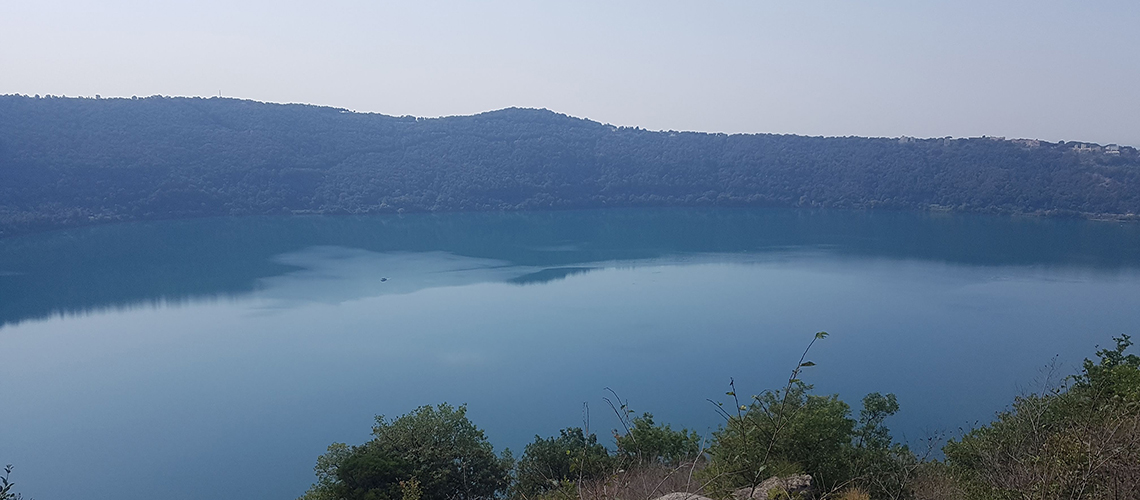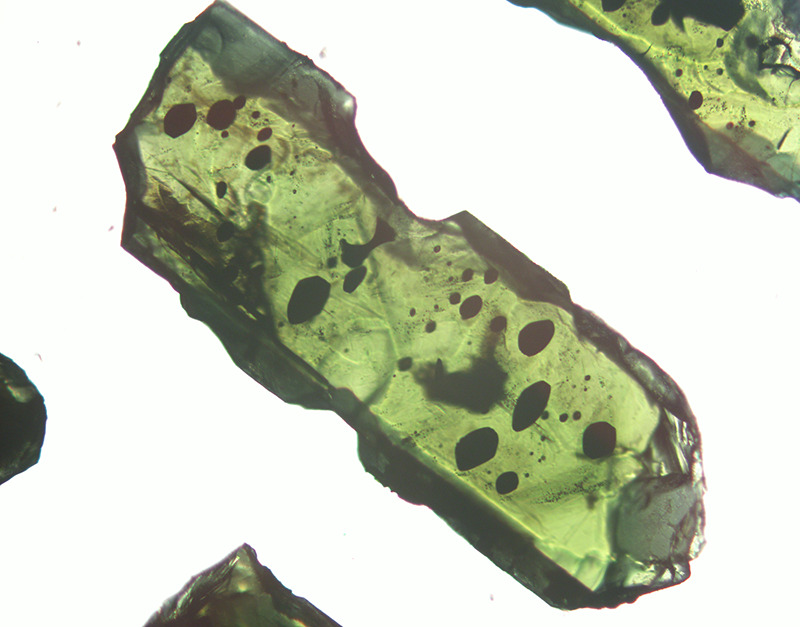Follow us on Google News (click on ☆)

Illustration of an erupting volcano
Over 800 million people live near an active volcano. Some of them still challenge existing models, making it impossible to predict their eruptions with 100% accuracy. This is the case for Italy's Colli Albani, which produced major explosions in the past, even though its magma is normally associated with mild effusive eruptions.
An international team led by the University of Geneva (UNIGE) has unraveled this mystery using an innovative approach to analyze crystals containing traces of the last eruption. Published in the Journal of Petrology, this study opens new avenues for analytical methods in volcanology and strengthens risk prevention.
Monitoring volcanoes to anticipate their potentially devastating effects requires a deep understanding of eruption warning signs. But the task becomes complicated when a volcano defies predictive models, like Colli Albani, located just 12 miles (20 km) from Rome. Its magmatic composition should theoretically produce low-intensity eruptions. Yet its past eruptions prove otherwise.

Colli Albani, located beneath this lake 12 miles (20 km) from Rome, has experienced major eruptions. The last one occurred 355,000 years ago.
© Alessandro Musu
This approach is innovative in volcanology, particularly for studying magmatic inclusions.
Magma contains volatile substances (mainly water and carbon dioxide). Like opening a soda bottle, when magma rises to the surface, it releases these substances. The more viscous the magma, the harder it is for the gas to escape. This retention leads to a gradual increase in pressure, ultimately causing violent explosive eruptions. In theory, Colli Albani does not present this risk: its magma has low viscosity. Yet it has produced violent explosive eruptions, including the last one 355,000 years ago, which ejected up to 11.5 cubic miles (30 km³) of burning ash and molten rock into the atmosphere.
To learn more, a UNIGE team analyzed "magmatic inclusions" trapped in the magma deposits from the last eruption. These tiny droplets, one-hundredth of a millimeter in size, trapped in crystals before the explosion, contain valuable clues about the magma's chemistry, its water and carbon dioxide content—key elements of its explosiveness—as well as its temperature and pressure. In total, 35 crystals containing 2,000 inclusions were studied.

Photomicrograph of a clinopyroxene crystal. This mineral formed in a magma chamber. Magmatic inclusions (in black) are present in these crystals.
© Corin Jorgenson
An innovative approach to probing magma
UNIGE scientists collaborated with several institutions, including the Deutsches Elektronen-Synchrotron (DESY), Roma Tre and Bristol universities, and the Helmholtz-Zentrum. Using the PETRA III particle accelerator ring at DESY in Hamburg, the team obtained high-resolution 3D images of magmatic inclusions. PETRA III generates intense X-rays to study matter at the nanoscale across various experimental stations, including the one where UNIGE's experiment took place.
"This approach is innovative in volcanology, particularly for studying magmatic inclusions. It opens new perspectives in this field," explains Corin Jorgenson, lead author of the study and a former PhD student at UNIGE's Department of Earth Sciences, now a postdoctoral researcher at the University of Strathclyde's Department of Civil and Environmental Engineering in Scotland.
Valuable findings for risk prevention
One of the key discoveries was the presence of numerous large-volume water and carbon dioxide bubbles inside the inclusions. This indicates that, when trapped, the Colli Albani reservoir already contained significant amounts of gas. "The excess gas made the magma behave like a sponge, compressed as additional magma accumulated in the reservoir and rapidly expanding at the start of the eruption—two essential ingredients for Colli Albani's unexpected and highly explosive eruption," explains Luca Caricchi, full professor of petrology and volcanology at UNIGE's Department of Earth Sciences, who led the research.
These findings shed light on the mechanism behind Colli Albani's eruptions and highlight the importance of advanced 3D imaging techniques in volcanology. This approach, applicable to other volcanoes, will improve understanding of magma storage and degassing while enhancing risk prevention. The classification of magmatic inclusions into six distinct types, established in this study, will also serve as a valuable reference for future research.